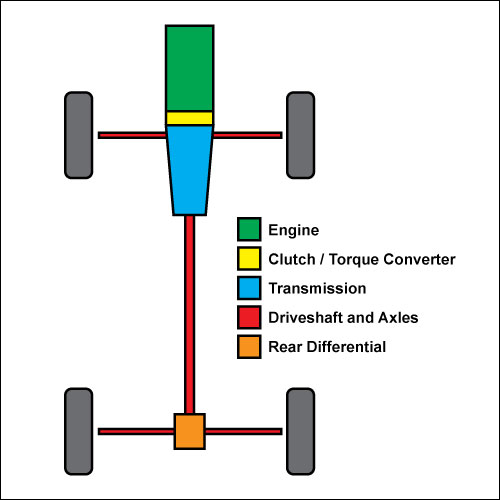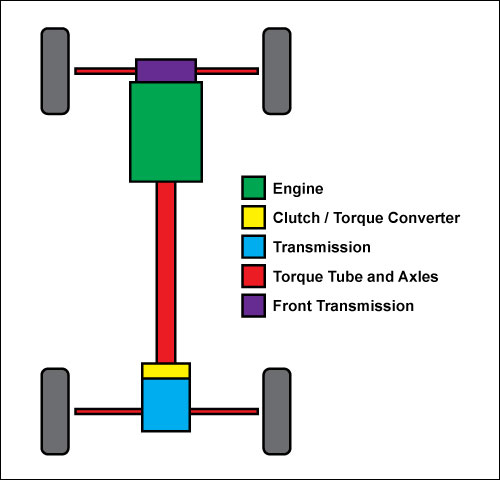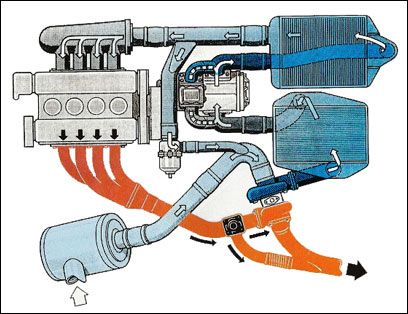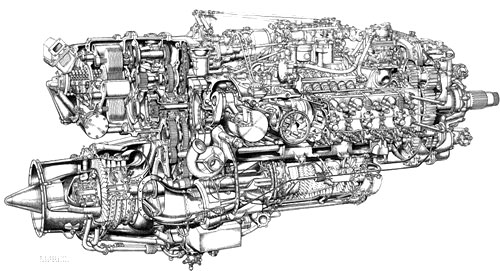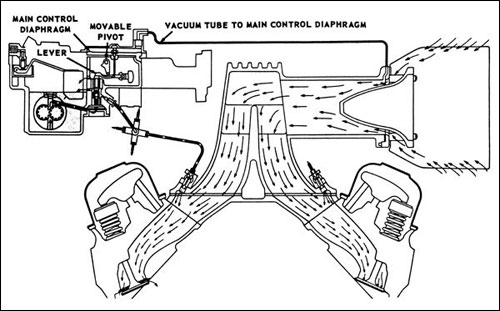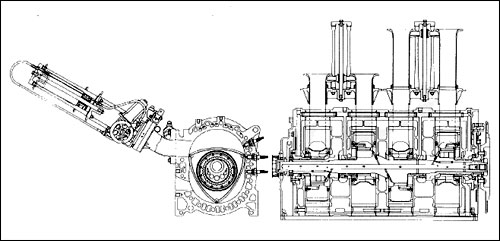Interesting Engines:
The Mercedes-Ilmor 500I
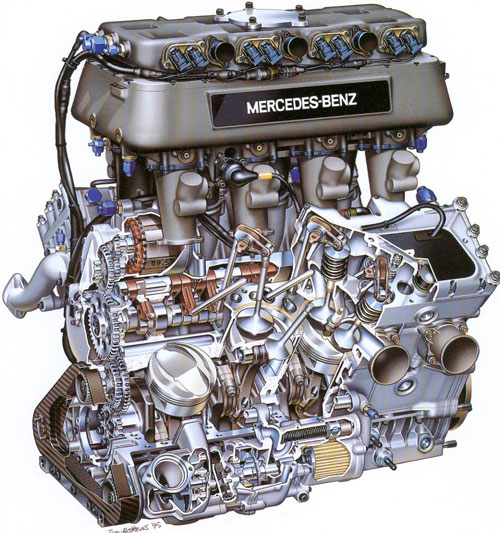
How far would you go to win one race?
Would you design an engine completely from scratch with the knowledge that it would almost certainly be banned by the next race, expending hundreds of thousands of dollars in development and production costs just to score that lone victory?
Mercedes and Ilmor would—and did. Their 500I 3.4l turbocharged, methanol-fueled V8 was a clean-sheet design constructed with a sole purpose: To exploit a loophole in the 1994 IndyCar rulebook and thus win that year’s Indianapolis 500. It could be argued that the nature of the race in question—the prestige of winning the Indy 500 being up there with the Monaco GP or Le Mans—made the resources committed to the project slightly more worth the investment. Still, the scale and audacity of the endeavor shocked the racing world.
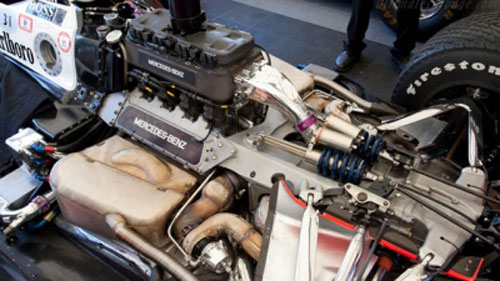
Some background: The IndyCar technical regulations for the 1994 season allowed pushrod engines to run higher turbocharger boost pressures, as well as additional displacement, over their multi-valve counterparts as part of a kind of equivalency formula. IndyCar reasoned that some constructors would simply use non-optimized off-the-shelf production-based pushrod engine designs as a less-expensive starting point, and gave teams who chose to do so a leg up on their more affluent competition by allowing them the benefit of a few extra cubic inches and pounds of boost.

Prior to the 1991 season, engine manufacturers had indeed been limited, by the rulebook, to production-based engine blocks. After 1991, however, that requirement had been dropped, a development that went largely unnoticed—except by engine maker Ilmor. They figured that a clean-sheet, carefully-designed pushrod engine could take advantage of the regulatory loophole to overcome its inherent design disadvantages compared to a multi-valve engine, and thus trounce the competition for at least one race before the powers-that-be cracked down on the rulebook’s oversight. Ilmor placed their bets on the 1994 Indy 500, and before long Mercedes came on board to help finance and lend technical assistance to the top-secret project.
It worked. Mated to Penske’s all-conquering PC-23 chassis, the 500I’s extra 650cc and 2.5 psi of boost (as allowed by the regs) netted it an extra 150-200 horsepower compared to its multi-valve rivals, and Al Unser Jr won the race going away. Some sources quote a remarkable figure of over 1,000 hp over the duration of the 500-mile race. And naturally, caught with their pants down, as it were, the regulators banned the engine almost as soon as the checkered flag waved at Indy. Still—it’s to Ilmor’s and Mercedes’ credit that they had the creativity to consider an “inferior” engine design in light of the racing series’ rules, and the commitment to follow through with it, with spectacular results.
For a more in-depth look at the engine and the racing politics that surrounded it, check out this 8W article.
Editor’s note: This post is part of an ongoing series examining unique and significant powerplants. Read the other installments here:




